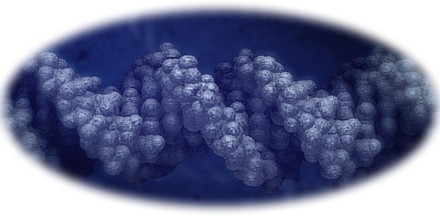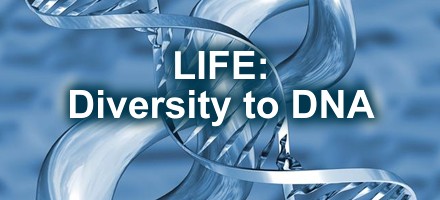
Assessment

LIFE Units
The project focuses on literacy through science notebooks, film clips, creative writing assignments, foldables, trade books, picture books, science fiction, and novels. In the units, student scientists use science notebooks to record their investigations, just as real scientists do. Literature is used as a reference tool for projects and investigations, a lesson “hook” during whole class read-alouds, and a discussion generator during literature circle groups.
The units show students how the science they learn is relevant to their lives. The students are exposed to bioethical issues related to each unit, and they have opportunities to express their own informed opinions about the issues through Paideia Seminars and writing assignments. From investigating genetic traits or diseases that affect their lives to reflecting on how their science knowledge can help them make choices that improve their personal health, application of content is a valuable part of each unit.
Students are encouraged to become lifelong seekers of knowledge through the project’s emphasis on inquiry. Students design questions to investigate and to research, and they solve medical and forensic mysteries. They create interactive presentations, giant models, and documentaries to teach their classmates and visiting students what they have learned.
The project includes four units: human body systems, genetics, cells, and microbes and disease designed to meet North Carolina Standard Course of Study Objectives for seventh and eighth grades. Each lesson plan includes how the lesson is linked to both state and national standards. The units cover the following content from the North Carolina Standard Course of Study Competency Goals for Science:
- 7th grade Competency Goal 4: The learner will conduct investigations, use models, simulations, and appropriate technologies and information systems to build an understanding of the complementary nature of the human body system.
- 7th Grade Competency Goal 5: The learner will conduct investigations and utilize appropriate technologies and information systems to build an understanding of heredity and genetics.
- 8th Grade Competency Goal 6: The learner will conduct investigations, use models, simulations, and appropriate technologies and information systems to build an understanding of cell theory.
- 8th Grade Competency Goal 7: The learner will conduct investigations, use models, simulations, and appropriate technologies and information systems to build an understanding of microbiology.

